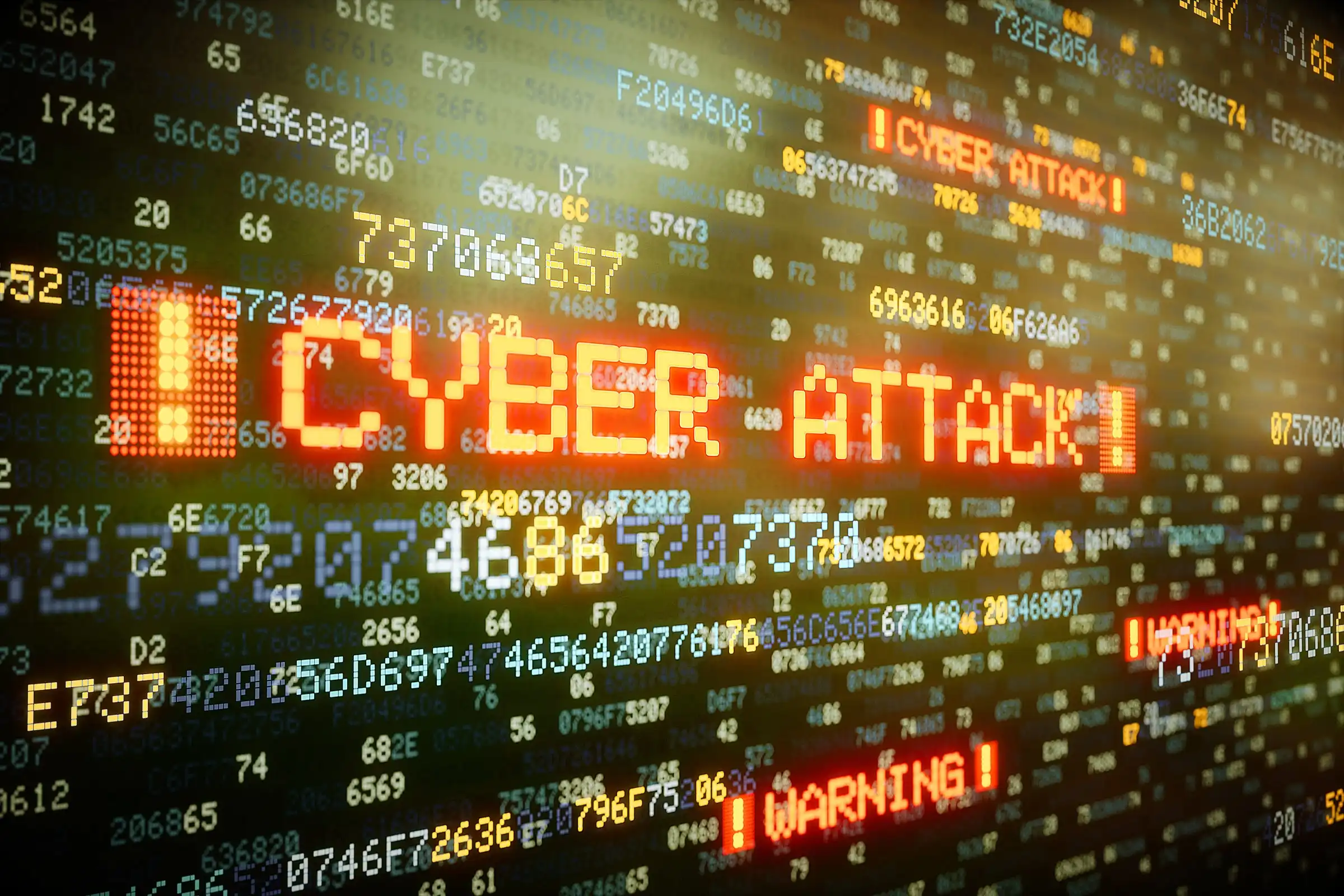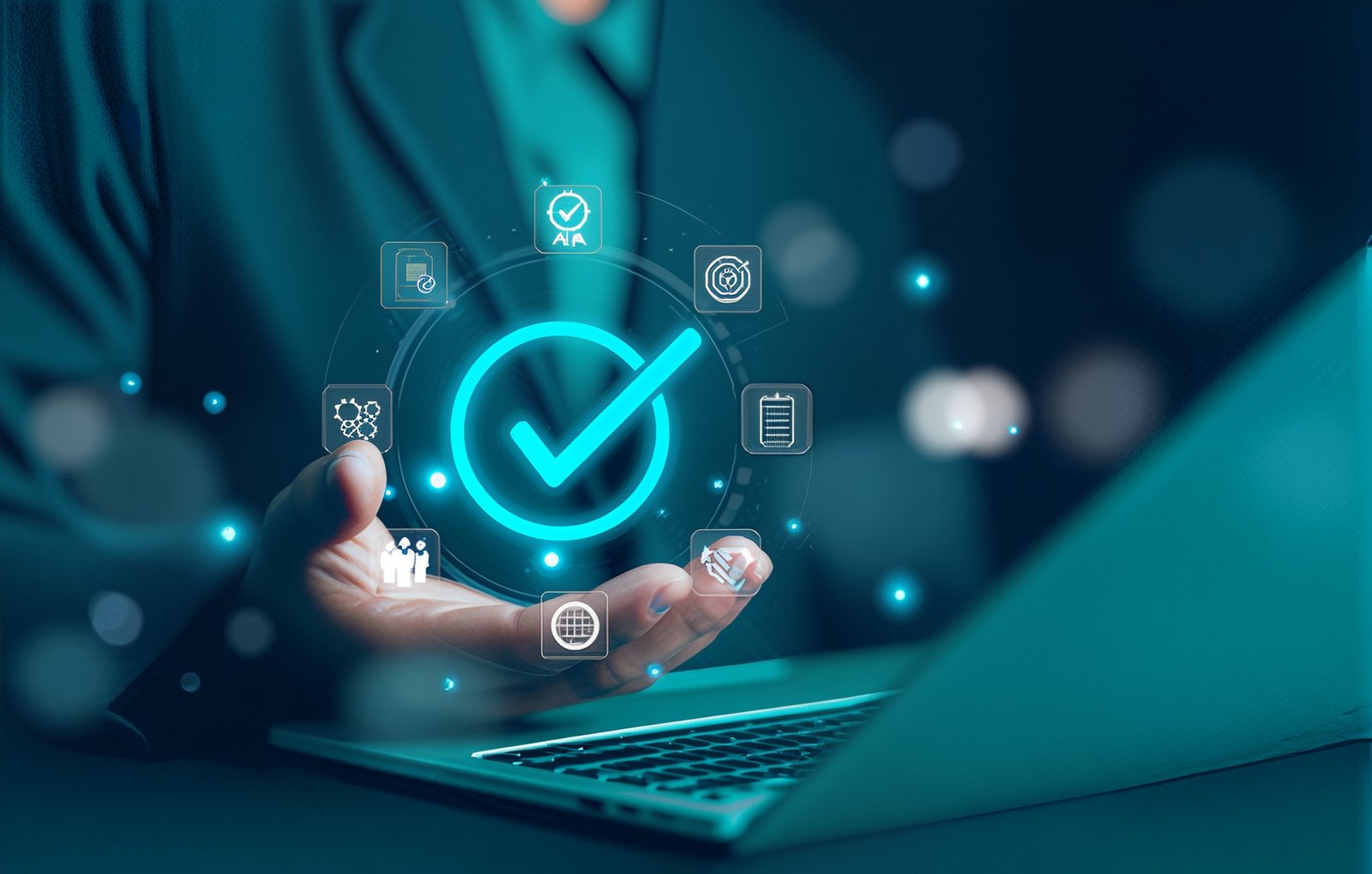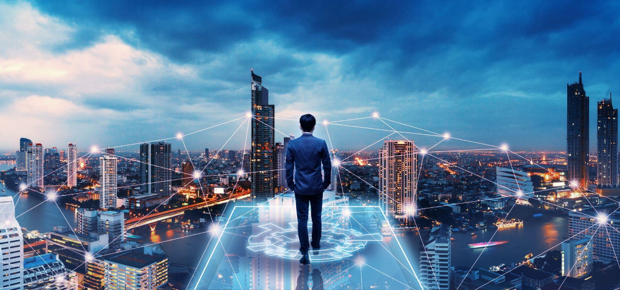When you think of a disaster capable of shutting down a business overnight, you might picture a hurricane, flood, or earthquake. But in today’s hyperconnected world, the most catastrophic events aren’t always physical — they’re digital.
Distributed Denial of Service (DDoS) attacks, ransomware, and large-scale data breaches have become the new “storms” of the internet age, capable of crippling operations, draining revenue, and eroding trust in minutes. For many businesses, these digital disasters are no longer a matter of if, but when.
The difference between recovery and ruin now depends on one thing: resilience.
The Shift From Security to Resilience
Traditional cybersecurity once focused on prevention — building walls high enough and systems tight enough to keep attackers out. But just as natural disasters can’t be stopped, cyberattacks can’t always be prevented. The focus has therefore shifted from prevention to resilience — minimizing damage, restoring operations quickly, and ensuring continuity even when systems come under siege.
According to data from the World Economic Forum, cybercrime is projected to cost the global economy more than $10 trillion annually by 2025, making it one of the biggest economic threats of our time. And unlike natural disasters, these attacks can happen anywhere, anytime, with no warning signs or geographical boundaries.
In many ways, the internet has become a global ecosystem prone to its own kinds of storms.
The Anatomy of a Digital Disaster
A typical DDoS (Distributed Denial of Service) attack floods a website or server with traffic until it collapses under the strain. To the victim, the effect feels eerily similar to a power outage — one moment, systems are functioning; the next, everything goes dark.
During a massive DDoS attack, the damage can be both immediate and cascading. Websites go offline, payment systems freeze, communications stall, and customers lose access. For e-commerce platforms or financial institutions, even a few minutes of downtime can translate to millions of dollars in lost transactions.
What makes this even more insidious is that modern attacks are no longer just about volume. Cybercriminals are deploying smarter, multi-vector strikes that target not only servers but also APIs, DNS systems, and applications. These sophisticated assaults can overwhelm traditional defenses within seconds.
It’s no longer just a nuisance — it’s a business continuity threat.
Why Small and Medium Businesses Are Most at Risk
Large enterprises often dominate the headlines when cyberattacks occur, but small and medium-sized businesses (SMBs) are increasingly the preferred targets. Hackers know these companies often lack the financial and technical resources to recover quickly, making them low-hanging fruit.
A 2024 report from the Ponemon Institute found that 61% of small businesses experienced at least one cyberattack in the past year, with downtime averaging over 23 hours. Many never recover.
The irony is that while smaller organizations believe they’re too insignificant to be targeted, attackers see them as ideal testing grounds — stepping stones to larger targets or quick cash through extortion schemes.
In this sense, small businesses aren’t just victims of cyberattacks; they’re collateral damage in a much larger digital conflict.
The Psychological Impact of a Cyber Disaster
Beyond the financial losses, there’s an often-overlooked human toll. When a cyberattack strikes, employees scramble to respond, customers panic, and leadership faces immense pressure to restore trust.
This kind of stress mirrors the aftermath of natural disasters — the confusion, the disruption, and the helplessness of watching critical infrastructure fail. The difference is that the threat isn’t visible; it lurks in code, servers, and packets of data traveling through invisible networks.
For many leaders, this invisibility makes the threat even more unsettling. You can rebuild a physical office after a flood, but how do you rebuild confidence after your systems — and customers’ data — are compromised?
Learning From Nature: Building Digital Resilience
Just as cities in hurricane zones invest in stronger infrastructure and better evacuation plans, businesses in the digital age must invest in resilience. That means:
- Redundancy: Having backup systems, mirrored servers, and failover protocols that keep operations running even when one system goes down.
- Rapid Detection: Using monitoring tools and behavioral analytics to spot unusual traffic patterns before they escalate into full-blown attacks.
- Preparedness: Conducting simulated cyber “fire drills” to train employees on incident response.
- Partnerships: Collaborating with cybersecurity firms, cloud providers, and insurers to create comprehensive protection and recovery plans.
One of the most critical components of resilience today involves DDoS protection services, which detect and filter malicious traffic in real time before it reaches critical systems. These services act as the digital equivalent of storm barriers — diverting the flood so that legitimate operations can continue unaffected.
The Role of Cloud and AI in Modern Defense
Advancements in artificial intelligence (AI) and cloud computing have made it possible to counter threats at unprecedented speed. AI-driven security systems can analyze massive volumes of network data, identifying and mitigating attacks faster than human operators ever could.
Meanwhile, cloud infrastructure offers distributed protection. Instead of relying on a single data center, global networks spread out resources, reducing the risk of a single point of failure. This distributed design makes it much harder for attackers to take down entire operations.
In essence, AI and cloud technologies are transforming cybersecurity from a reactive posture to a proactive ecosystem — one that adapts, learns, and strengthens with every attempted breach.
Cyber Hygiene: The First Line of Defense
While high-tech defenses are vital, basic digital hygiene remains the first and most affordable layer of protection. Simple practices like using multi-factor authentication (MFA), updating software regularly, and restricting access permissions can prevent many attacks from gaining traction.
Employee awareness also plays a huge role. Phishing emails, weak passwords, and social engineering continue to be the leading causes of breaches. Teaching staff to recognize red flags and handle data responsibly is the human equivalent of fastening seat belts before a storm hits.
The Future: From Crisis Response to Continuous Readiness
The biggest lesson businesses are learning is that cybersecurity isn’t a project — it’s an ongoing process. Just as climate resilience requires constant adaptation, digital resilience demands continuous evolution.
Threat landscapes change, attackers innovate, and technologies evolve. The businesses that survive — and thrive — will be those that treat cybersecurity not as an expense but as an essential part of their operational DNA.
Conclusion: The Digital Storm Is Already Here
Cyberattacks have become the new natural disasters — unpredictable, destructive, and increasingly frequent. But unlike hurricanes or earthquakes, businesses have the power to prepare and adapt.
In the digital era, resilience is the ultimate competitive advantage. Companies that invest in preparedness, awareness, and advanced protection not only survive attacks but emerge stronger and more trusted.
Because when the next digital storm hits — and it will — the goal isn’t to avoid getting wet. It’s to build systems strong enough to withstand the flood.





